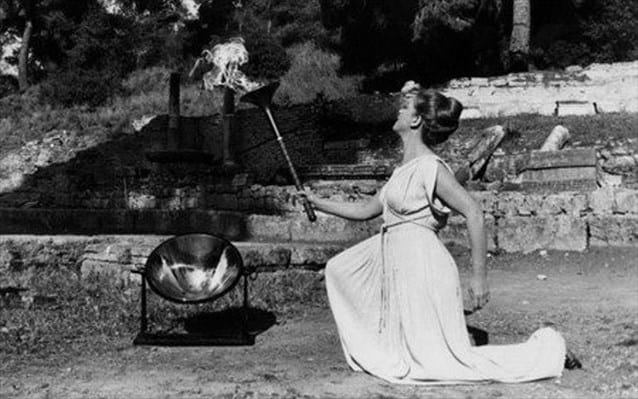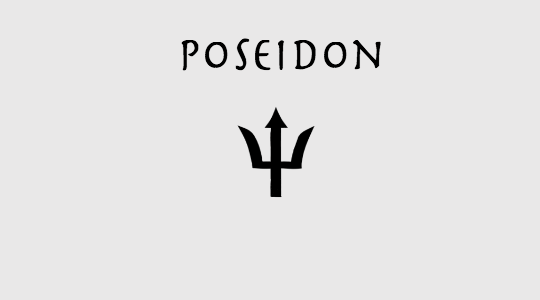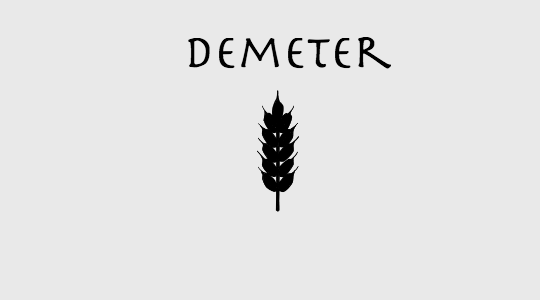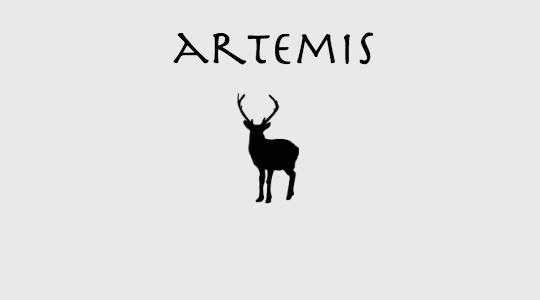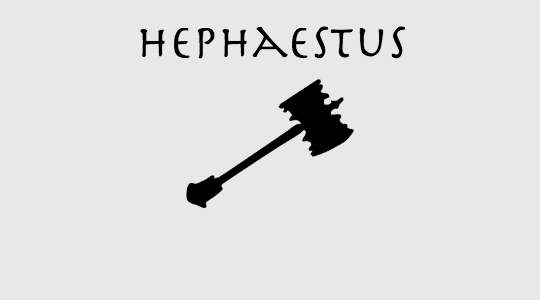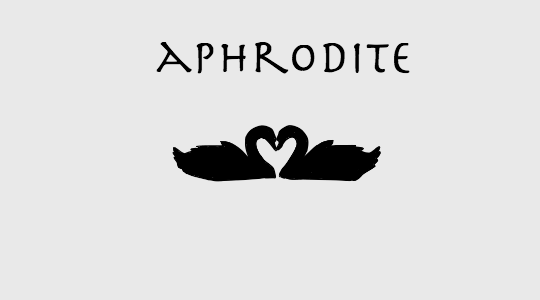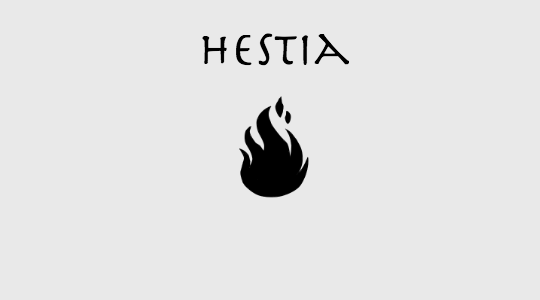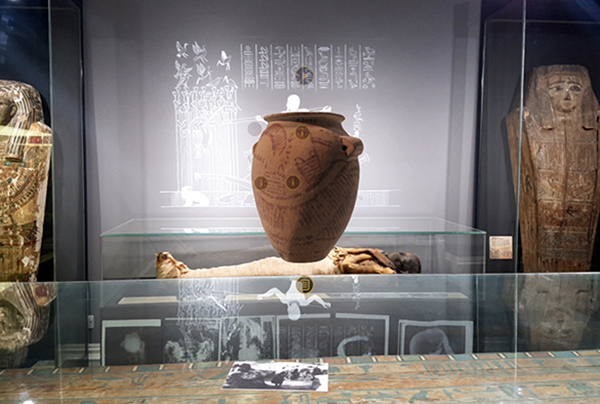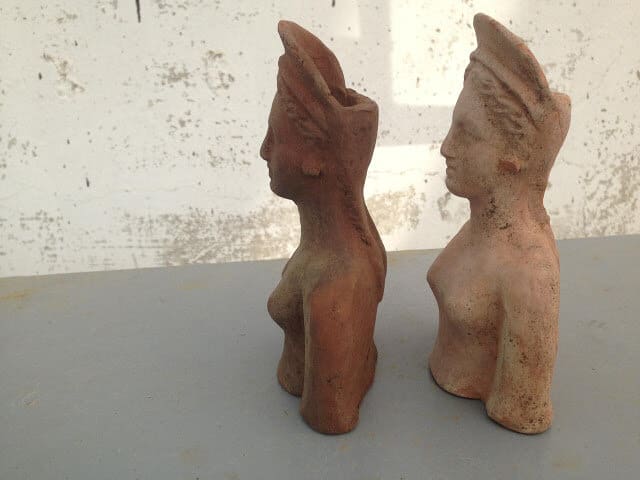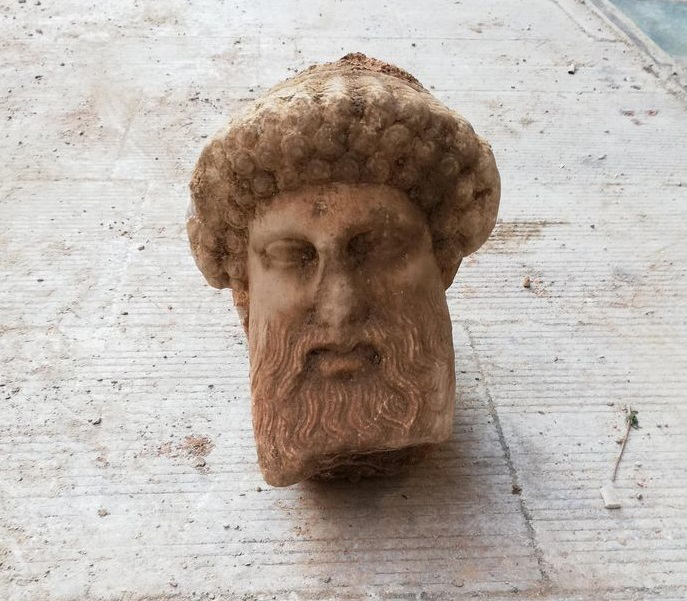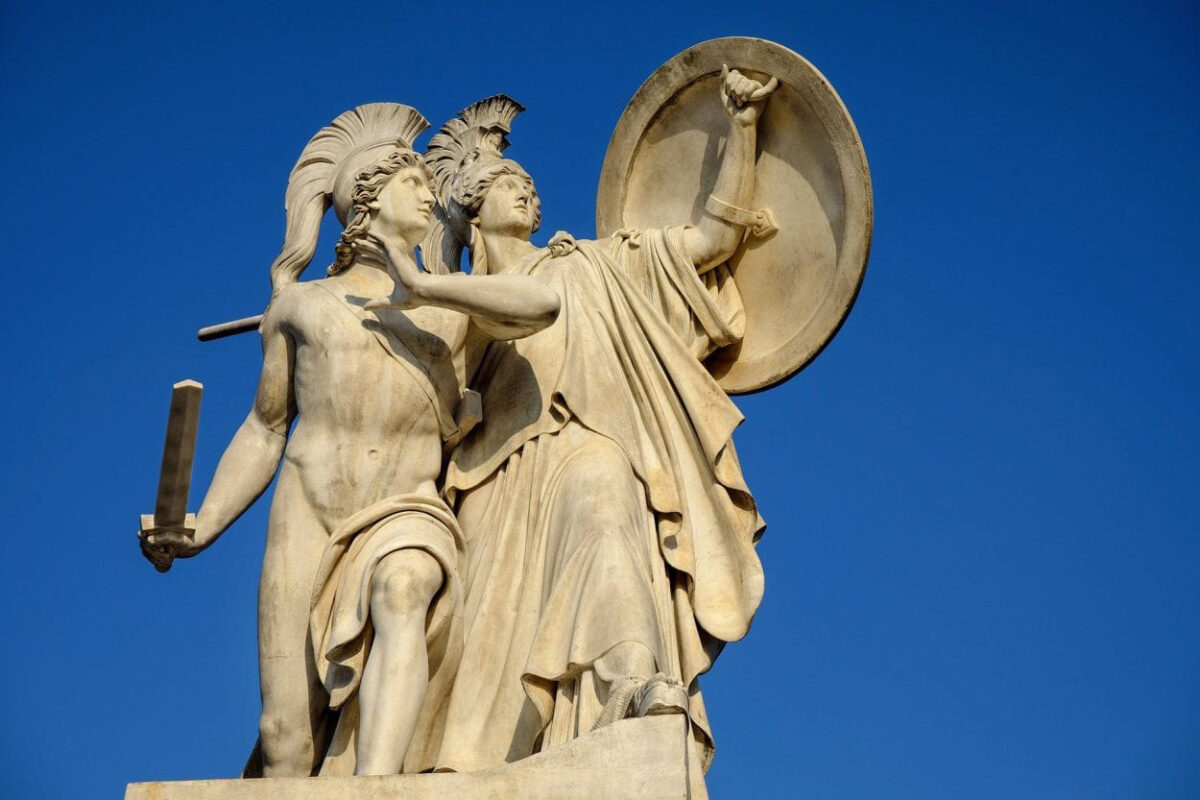An altar to a Greek deity amalgamating characteristics of Pan and Zeus has been discovered in the ruins of a Byzantine church at the Banias Nature Reserve in northern Israel. The altar had been debased: used as a lowly building stone in a church wall, with its inscribed face concealed.
Perhaps the builders used it as a matter of simple convenience, says Prof. Adi Erlich of the Zinman Institute of Archaeology at Haifa University, co-director of the church project with Ron Lavi. Or, its repurposing may have been a deliberate show of disrespect, marking the subjugation of the pagans to the Christians.
Earlier this month, Haaretz’s Noa Shpigel reported on the excavation of the church, under the auspices of the Israel Nature and Parks Authority. Actually it’s the second church discovered at the Banias, on a site sacred to pagan gods going back millennia, Erlich explains. It is not rare for “sacred sites” in the Levant to be preserved over the millennia, utilized by the devotees of the various gods applicable at each time.
The altar itself apparently dates to about 1,800 to 1,700 years ago (the Roman period in Israel), and was set in the wall of the later church dating to about the seventh century, the tail end of the Byzantine era in the Holy Land. Because of the timing, Erlich qualifies that they cannot be certain the early Christians were responsible for extracting the altar from its niche.
In any case, with hindsight, it stood out like a sore thumb. “The wall is made of small simple stones and there’s this one great big stone,” Erlich describes – all the others are local travertine or limestone. No less than a meter in height, it had been carved out of local volcanic basalt rock. (It bears adding that the Golan Heights today is volcanically extinct; the last eruption was around 100,000 years ago, Ron Lavi says.)
Actually, the archaeologists, from the Israel Antiquities Authority and University of Haifa, had found four altars from the Roman period: three plain and un-inscribed, and this one. Presumably deliberately, the church builders positioned the altar with the writing to the inside, unobservable by the Christian faithful.
It was only after they had extracted the exceptional stone from the wall and stood it up straight that they saw the inscription and realized it had been an altar, and a lovely one at that, Erlich tells Haaretz.
“On its front is an inscription encompassed in a frame, in Greek – the lingua franca here during the Roman period.”
Officials and soldiers spoke Latin, but the locals generally stuck either to Greek or Aramaic.) But what did the writing say? The inscription is still undergoing analysis by Avner Ecker of Bar-Ilan University, Ramat Gan. Engraving in basalt tends to “survive” relatively well and the stone had been spared some weathering thanks to the church-builders’ act, so it was relatively easy to read. Interpreting it is another matter, he explains.
Ancient inscriptions are formulaic, he says, and interpreting these cryptic messages from the long-gone past starts with knowing what kind of formula to expect. “Somebody not acquainted with the formulae might not realize what words to look for, which makes reading harder. You read letter by letter and then put it together – it’s usually not so well preserved as to read it just at one go,” Ecker notes. Of course – there’s no punctuation.
Also, the craftsman who engraved this inscription doesn’t seem to have been world-class. “It seems they didn’t plan their space very well,” Ecker says: the writing exceeds the boundaries of the text and the size of the letters decreases as one goes down, indicating that the hapless scribe realized he was running out of room. “The inscriber was no pro,” he sums up.
What it so unprofessionally says is this:
“Atheneon son of Sosipatros of Antioch is dedicating the altar to the god Pan Heliopolitanos. He built the altar using his own personal money pursuant to a vow he made.”
Now let’s pick this apart. The banal part, Erlich says, is the man’s name, his Greek identity and his vow to use his own wealth, which is very much the norm in such dedications.
The less banal part is that this was no local. He hailed from afar, and not even from one of the big cities nearby such as Tyre in Lebanon or Damascus in Syria. No, he came from Antioch, far to the north – its ruins lie near the west-central Turkish city of Antakya, which is 332 kilometers (206 miles) from the Banias as the crow flies (if it doesn’t get shot down by somebody assuming it’s a Mossad spy). Erlich suggests the fact of his trip could suggest how significant the Banias was to the Pan cult.
We can’t know if the Banias was Atheneon’s ultimate destination or if he was traveling through it. Erlich points out, Christians pray at churches by their homes but choose to travel to the Holy Land because it’s special. Banias (as Paneas) is mentioned in several extra-biblical ancient sources, so it may actually have been his goal to reach it, this site where Pan worship long predated the Romans.
Anyway, what did Atheneon vow? “He doesn’t specify,” Ecker says. But going by the facts that he hailed from Antioch in today’s southern Turkey, the third biggest city in the Roman empire at the time (after Rome itself and Alexandria), and that he reached the Banias, he may simply have been thanking the god for having made it so far in his quest, Ecker suggests.
If so, who exactly was he thanking? The cult of Pan, the Greek god of shepherds, was popular around the Mediterranean basin going back thousands of years: a spectacular gold mask of the god’s face was found in Hippos – a hilltop town overlooking the Sea of Galilee – to name but one example of the goatish deity’s adoration in local circles. In fact, the contemporary name “Banias” stems from the Arabic pronunciation of the original name, Paneas (Arabic has no letter “p” and replaces it with “b”).
But who is Pan Heliopolitanos? “That’s the most intriguing thing about the inscription: the syncretism of gods and religions. Heliopolitanos is a name usually associated with Zeus, not Pan,” Erlich explains.
Zeus Heliopolitanos, aka Jupiter Heliopolitanos, was the form in which that uber-god was worshipped from Syria to northern Israel, and beyond. The center of the Zeus Heliopolitanos cult was at the aptly named city of Heliopolis, aka Baalbek in Lebanon.
Another group who adored that aspect of Zeus were the local Roman soldiers, Erlich adds. Worship of Zeus Heliopolitanos reached its acme in the first and second centuries. And now we find this amalgamation of Pan with Heliopolitanos at the Banias.
“For the pagans, a god wasn’t static and holistic. The inscription is dedicated to a combination of Pan and a facet of Zeus. Not Heliopolitan Zeus, but a sort of combination of Pan and this aspect of Zeus.”
She points out that syncretization among the Greco-Roman gods was not rare: the very Acropolis itself in Athens had two representations of the goddess Athena: Athena Parthenos (meaning virginal), which has disappeared; and a temple to Athena Nike, representing victory, built at the entrance to the Acropolis some 2,500 years ago.
Ecker adds that evidence of the syncretized Pan-Zeus deity has been found before, in another inscription found at the Banias. This newly discovered altar is further proof of connection between the Banias and Zeus worship at Baalbek, he says.
“We have seen similar things in the Alps – for instance, dedications to Jupiter of the Alps, thanking the god for success in travel, and in Israel, where inscriptions were found in the Judean Desert and in Machtesh Ramon, thanking the gods for success in travel. That is a theory of the vow Atheneon mad.”
Asked why the Greek gods were still adored centuries after the Romans rolled over the land, Erlich explains that the locals didn’t warm to the Roman versions of the deities: “Here they worshipped Aphrodite, not Venus, for instance,” she says.
Erlich notes the famous “Battle of Panium” (yes, that’s the Banias) between the Ptolemaic regime and the Seleucids in 200 B.C.E., which took place near the Banias spring. The Seleucids won, crushing the Ptolemaic forces to the point of no return. Later, according to the Roman-Jewish historian Josephus, King Herod built an altar there to his patron the caesar Augustus. In fact, Herod built three temples to Augustus, the others in Caesarea and Sebastia (in Samaria), Erlich says.
When Herod died in 4 B.C.E., Josephus related, control over the area went to his son Herod Philip, who in the first century developed it into a city called Caesarea Philippi (Josephus however called it Caesarea Paneas). The disciples Mark and Matthew both make mention of the city.
“When Jesus came to the region of Caesarea Philippi, he asked his disciples, ‘Who do people say the Son of Man is?’ They replied, ‘Some say John the Baptist; others say Elijah; and still others, Jeremiah or one of the prophets.’ ‘But what about you?’ he asked. ‘Who do you say I am?’ Simon Peter answered, ‘You are the Messiah, the Son of the living God’” (Matthew 16:13-16).
It is the next sentence that explains why a church was erected there:
“Jesus replied, ‘Blessed are you, Simon son of Jonah, for this was not revealed to you by flesh and blood, but by my Father in heaven. And I tell you that you are Peter, and on this rock I will build my church, and the gates of Hades will not overcome it.’” (Matthew 16:17-18).
Erlich adds, to the amusement of us laypeople, that for decades archaeologists have been squabbling over where Herod built the temple to Augustus, and her colleagues thought she’d likely find it near the Pan grotto. They did not. “We found nothing connected with Herod,” she says. “This altar was built 200 to 250 years after Herod. There is, however, a candidate for the Augusteum, 3 kilometers to the south at Omrit.”
As said, the altar to the syncretized Pan-Zeus god was put into the second coming of the church at the Banias – and at the time they built it, pagan temples were probably still operational at the site, Erlich says. The first church at the Banias was built in the fifth century, but was destroyed by earthquake, then the second one would be built – just as the Christians were losing control of the Holy Land to the Caliphate.


